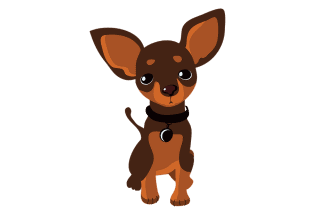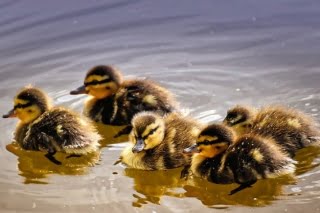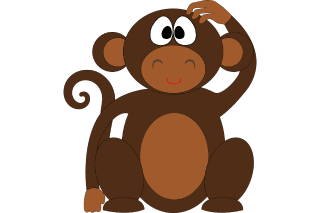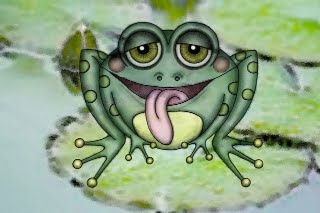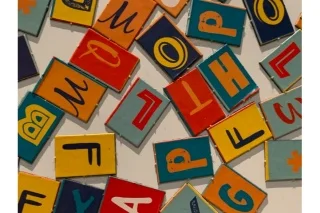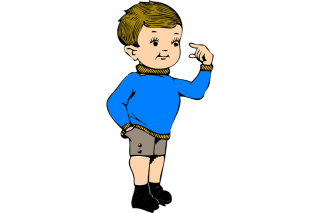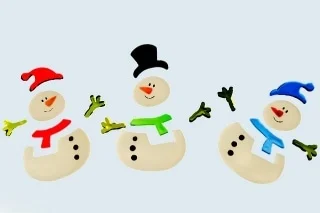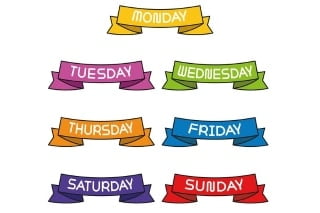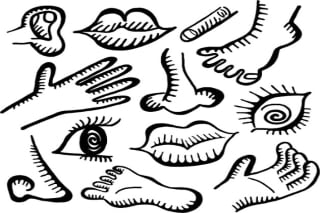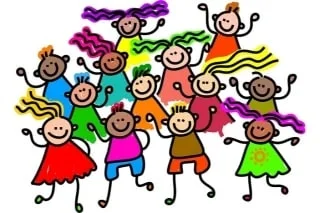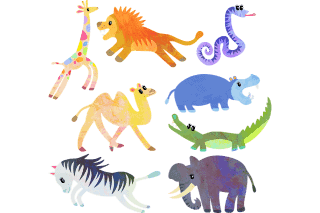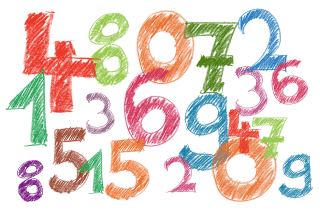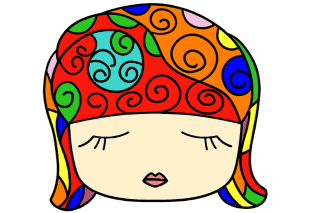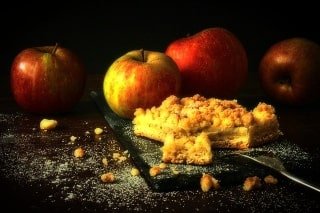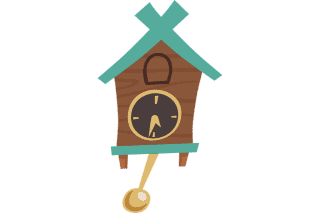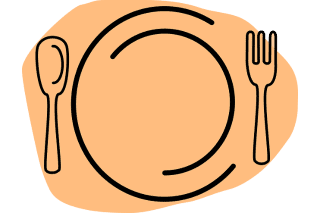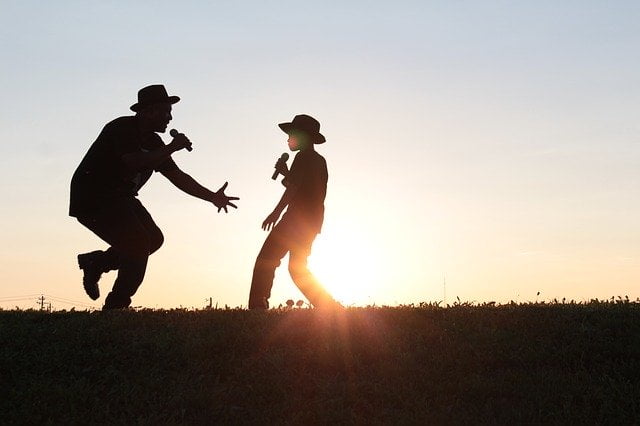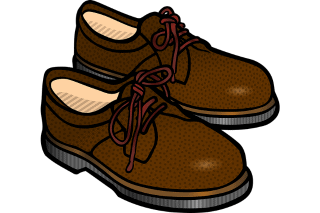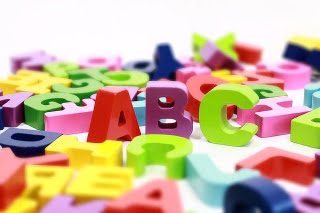
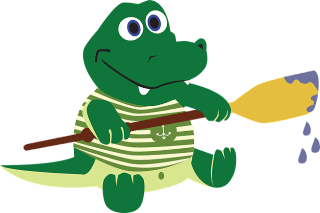
A Sailor Went to Sea
The original song began as ‘My Father Went to Sea’ before becoming more widely known as ‘A Sailor Went to Sea’. After this opening line, it is common for children to sing ‘a sailor went to chop, chop, chop, chop’ and ‘knee, knee, knee, knee’ before ending with ‘sea, chop, knee’. However, children frequently offer their own substitutions, using the song to explore different lyrical combinations and rhymes.
The lyrics of “A Sailor Went to Sea” describe the actions and movements of a sailor as he travels across the ocean. Subsequent verses of the rhyme follow a similar pattern, with each verse describing a different aspect of the sailor’s journey, such as encountering a storm or catching fish.
"A sailor went to sea" Lyrics
A sailor went to sea, sea, sea,
To see what he could see, see, see.
But all that he could see, see, see,
Was the bottom of the deep blue sea, sea, sea.
A sailor went to sea, sea, sea,
To see what he could see, see, see.
But all that he could see, see, see,
Was the bottom of the deep blue sea, sea, sea.
Note : Childerns can also learn the names of some very cool sea creatures. Like a seahorse, a jellyfish, a turtle, an octopus, a baby shark, and a blue whale. Different combination can be used as…
A seahorse!
A sailor went to sea sea sea
to see what he could see see see.
But all that he could see see see
was a seahorse swimming in the sea sea sea.
A jellyfish!
A sailor went to sea sea sea
to see what he could see see see.
But all that he could see see see
was a jellyfish swimming in the sea sea sea.
The rhyme “A Sailor Went to Sea” is often used as a singing game, with children performing specific hand and body movements to accompany the lyrics. For example, during the first verse, children might make a sweeping motion with their arms to imitate the movement of the waves, or they might crouch down and pretend to peer into the water.
The rhyme is often used as a singing game, with children performing specific hand and body movements to accompany the lyrics. For example, during the first verse, children might make a sweeping motion with their arms to imitate the movement of the waves, or they might crouch down and pretend to peer into the water.
- sailor went to sea meaning
- a sailor went to sea song
- sailor went to sea actions
- a sailor went to sea rhyme lyrics
- a sailor went to sea nursery rhymes uk
- the sailor went to sea lyrics and actions
- sailor went to sea printable lyrics pdf
Frequently asked questions (FAQ's) based on “A Sailor Went to Sea”
Answer : The sailor went to see what he can see inside deep blue sea.
Answer : The sailor able to see seahorse and jellyfish inside the deep blue sea.
Answer : The seahorse was swimming inside the deep blue sea and looking like a horse but small in size.
Answer : The jellyfish is swimming in the sea and looking very beautiful inside the deep blue sea.
Answer : This rhyme was firstly recorded in Birmingham in 1972.
Answer : This rhyme was firstly recorded by Lona Opie.
Answer : children can also learn the names of some very cool sea creatures. Like a seahorse, a jellyfish, a turtle, an octopus, a baby shark so this rhyme is very useful for children.
Some more details based on “A Sailor Went to Sea”
“A Sailor Went to Sea” is a popular children’s rhyme that is believed to have originated in England. The rhyme has a simple, catchy melody and features repetitive lyrics that make it easy for children to learn and sing along.
“A Sailor Went to Sea” has remained popular with children for many generations due to its catchy tune and playful lyrics. The rhyme has been adapted and modified in various ways over the years, with different versions incorporating additional verses or changing the lyrics to suit local dialects or cultural traditions.
In addition to its entertainment value, “A Sailor Went to Sea” also has educational benefits, as it introduces children to the concept of ocean travel and the different creatures that can be found in the sea.
Overall, “A Sailor Went to Sea” is a fun and engaging children’s rhyme that has stood the test of time and continues to be enjoyed by children and adults around the world. Its simple melody and playful lyrics make it an enduring classic of children’s literature and culture.
- sailor went to sea meaning
- a sailor went to sea song
- sailor went to sea actions
- a sailor went to sea nursery rhyme uk
- a sailor went to sea lyrics and actions
- a sailor went to sea poem
- the sailor went to sea printable lyrics pdf
Some activities for children's based on "A Sailor Went to Sea"
- Paper Boat Race: Show the children how to make a simple paper boat by folding a piece of paper in half and then folding down the corners. Set up a race by filling a large tub or kiddie pool with water and have the children blow their boats across the water. The first boat to reach the other side wins.
Note: This activity helps children learn about buoyancy and water displacement, as well as develop their fine motor skills. It can also be a fun way to encourage friendly competition and teamwork.
- Sailboat Craft: Provide the children with some craft materials such as paper, straws, and tape, and have them make their own sailboats. Once they’re done, the children can have a pretend sailboat race in a shallow tray of water or on the floor.
Note: This activity helps children develop their creativity and imagination, as well as their fine motor skills. It also allows them to experiment with different materials and learn about the principles of sailboats.
Related links
Categories
Other popular rhymes
Other related keywords and search's
- a sailor went to sea meaning
- a sailor went to sea song
- a sailor went to sea actions
- a sailor went to sea nursery rhymes uk
- a sailor went to sea rhyme lyrics
- a sailor went to sea lyrics and actions
- a sailor went to sea poem
- a sailor went to sea printable lyrics pdf
- a sailor went to sea sea sea lyrics


